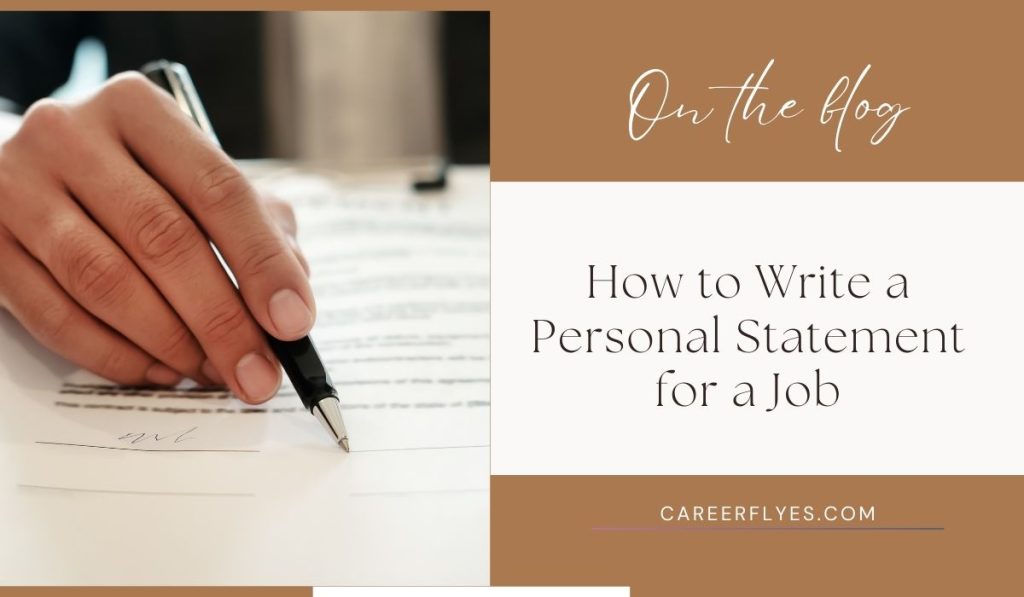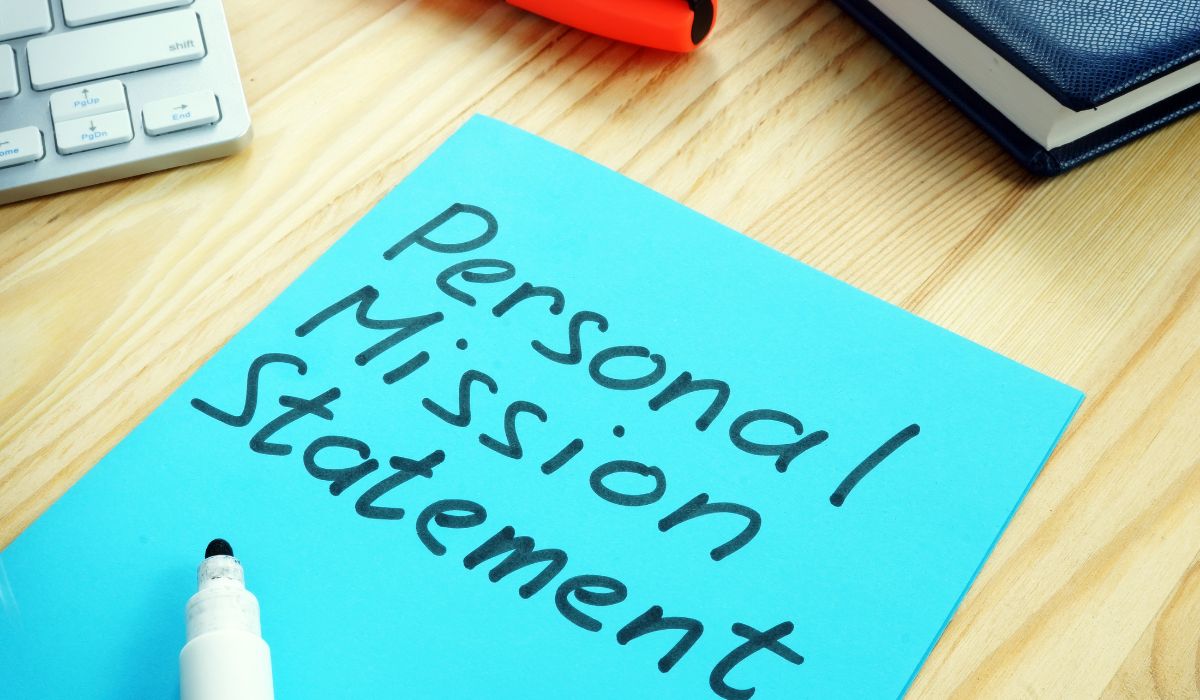How to Write a Personal Statement for a Job: A Step-by-Step Guide
3 min read
A personal statement is a brief introduction that showcases your skills, experience, and motivation for a specific job. Typically included in job applications or resumes, a well-crafted personal statement can help you stand out to hiring managers. In this guide, we’ll cover how to write an effective personal statement that makes a strong impression.
What Is a Personal Statement?

A personal statement is a concise paragraph or two that summarizes who you are, what you offer, and why you’re interested in the job. It often sits at the top of your resume or is included as part of your job application. Unlike a cover letter, which goes into more detail, a personal statement is a snapshot of your qualifications and personality.
Steps to Write a Strong Personal Statement

Here’s a step-by-step guide to writing a compelling personal statement for a job:
1. Understand the Job Requirements
Start by reviewing the job description carefully. Identify the key skills, experience, and attributes the employer is looking for. This will help you tailor your personal statement to match the role.
2. Introduce Yourself
Begin with a brief introduction that includes your current job title (if applicable) and relevant experience. This gives the hiring manager context about who you are right from the start. For example, “Experienced marketing specialist with a proven track record in digital strategy.”
3. Highlight Your Key Skills and Achievements
Mention your most relevant skills and accomplishments. Focus on skills that are specific to the job you’re applying for. For example, “Skilled in SEO, content creation, and social media management with a history of driving traffic and engagement.”
4. Showcase Your Motivation
Briefly explain why you’re excited about this role or why the company interests you. This demonstrates that you’ve researched the organization and that you’re genuinely interested in the position. For example, “I’m drawn to [Company’s] commitment to innovation and its collaborative work culture.”
5. Conclude with a Future-Focused Statement
End your statement with a sentence that indicates your future goals or how you plan to contribute to the company’s success. For example, “I look forward to bringing my digital marketing expertise to help [Company] expand its online presence and achieve its strategic goals.”
Example of a Personal Statement for a Job
Here’s an example personal statement for a digital marketing job:
“As an experienced digital marketing specialist with over five years in SEO, content strategy, and social media management, I’ve successfully increased organic traffic by 40% in my previous role. My skills in data analysis and creative content development align well with the digital strategies at [Company]. I’m enthusiastic about the opportunity to contribute to [Company’s] marketing goals and grow within a team that values innovation.”
Tips for Writing a Personal Statement
- Aim for 3-4 sentences or 100-150 words. Avoid lengthy explanations.
- Start with action verbs and keep your language confident and direct.
- Highlight your strengths, but avoid exaggerating or including unrelated information.
- Adjust your personal statement for each application to better align with the specific role.
- Spelling and grammar errors can create a poor first impression. Review your statement multiple times.
Personal Statement Mistakes to Avoid
- Being Too Vague: Avoid generic statements like “I am hardworking and motivated.” Instead, be specific about what makes you a strong candidate.
- Repeating Your Resume: Use the personal statement to add personality and context, rather than simply listing job titles.
- Including Irrelevant Information: Focus on the skills and experience relevant to the job. Avoid unrelated achievements or skills.
- Using Clichés: Phrases like “team player” or “go-getter” are overused. Instead, demonstrate these qualities through your achievements and specific examples.
Conclusion
Writing a personal statement for a job application doesn’t have to be intimidating. By following these steps, you can create a concise and impactful statement that highlights your strengths and shows employers why you’re the ideal candidate. Remember to keep it relevant, focused, and tailored to each job you apply for. A well-crafted personal statement can make a positive first impression and set you apart from other applicants.



